This interview was conducted as part of the interview series, LGBTQ&A, a weekly podcast that documents modern queer and trans history.
A prevailing myth in the LGBTQ community states that if you are queer or trans and you want to be happy, you must move to a big city in a blue state. As Samantha Allen documents in her new book, Real Queer America: LGBT Stories from Red America, many in the community are redefining this narrative and opting to join communities in historically conservative places.
Not only do cities like Norfolk, Louisville, and Indianapolis have thriving LGBTQ communities, they're now seeing larger increases in their LGBTQ populations than places like San Francisco or New York. Samantha Allen talks about the different factors that play into this, as well as the effects that LGBTQ people are having on these areas in this week's episode of the LGBTQ&A podcast.
[Click here to listen to the full interview with Samantha Allen.]
Jeffrey Masters: We often think that if you're queer or trans, you must move to a big city like New York City or Los Angeles. And that's not true.
SA: Yeah, there are pockets of LGBT acceptance all over the country. The country doesn't look like blue on the coast, red in the middle. It looks like lots of little islands and pockets of blue all over.
Millennials are moving to cities in the south and west, often midsize cities, because they're more affordable. I think economics are driving that, also cultural shifts in LGBT acceptance. We're reaching a point where people still feel like they have to get out of more rural areas, but they don't feel like, Oh, I have to get all the way to New York or all the way to Los Angeles. They can go to St. Louis or Chicago or Bloomington.
JM: Because a lot of media is centered in Los Angeles and New York City, those tend to be the queer communities we cover.
SA: I think it does a disservice to the LGBT community as a whole that it's so focused on the media world, L.A. and New York. Pitching the book, even I encountered people who were surprised that there were LGBT people in these places.
More and more people in those parts of the country have been coming out to their friends and family and coworkers and they've changed the places that they live in and that they're from in the process.
JM: What surprised you the most reporting on these places?
SA: I was most surprised by the amount of LGBT acceptance I found in Provo, Utah. I'm an ex-Mormon. I left the Mormon church in 2007 or 2008.
I felt very stifled and suffocated when I was in Provo. I felt terrified to be myself. I would only be able to explore my gender identity in my car, in the corners of parking lots around town. It was very, I don't know, a shadowy, sad existence.
Then I went back to Provo for this book. I found an LGBT youth center right across the street from the Mormon Temple in downtown Provo. It was bustling every day with activity of transgender and gender non-conforming kids and their parents, some of whom are still in the church, some of whom weren't.
It was so surreal to go back just 10 years after I was there and feel like I was in a completely different universe.
JM: Why do you say that in big cities, we're spoiled by choice?
SA: I think LGBT night life and social options in larger cities can be kind of taxonomic. Everybody can split up and be with people who are just like them.
And when you go to a place like Jackson, Miss., there's not really a lot of options. There's one big LGBT nightclub in town, it's called WonderLust. Thankfully it's an amazing LGBT nightclub, so your only option is an amazing one.
Everyone I talked to white, black, gay, trans, cis, everyone said, "We like that there's only one place to go to. It means when you go to WonderLust, you see everyone. You have just a wide menu of people to interact with and socialize with."
JM: The words you use in the book is "adhesiveness." There's an adhesiveness.
SA: Yeah, everybody has to brush shoulders. Everybody has to share the same space and the same resources.
JM: And you don't paint a picture of living in a Red State as solely positive. There are larger levels of violence in The South, larger rates of HIV.
SA: You know I wanted to walk this line in the book of not sugar-coating LGBT life in Red States. In each chapter, I was sure to carve out space for the problems that are still there.
I feel like we're at this crossroads where social and cultural acceptance has really accelerated and it's starting to get to this really amazing place, but a small number of really entrenched anti-LGBT groups and a vocal minority of anti-LGBT Americans have kind of grabbed the reins of power in statehouses and right now in the federal government frankly.
One of things I really wanted to drive home was that we've got this dominant narrative of 20th-century LGBT life where you get on the bus in Kansas City to go the Big Apple. You show up there with a suitcase and make your life in Greenwich Village or that kind of thing.
And I don't want to discount the huge role that cities like New York and San Francisco played in creating and fostering LGBT acceptance from the 20th-century into the 21st-, but I think the center of gravity is shifting now as places like Salt Lake and St. Louis emerge as new LGBT hubs.
I feel like things are shifting to the middle.
[Click here to listen to the full LGBTQ&A podcast, only on Luminary.]
Samantha Allen's book is called Real Queer America: Stories From Red America.































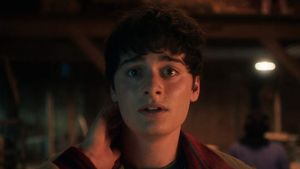








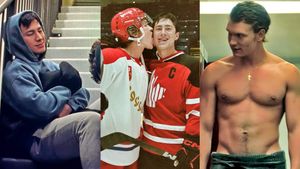
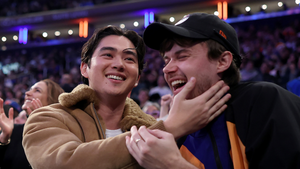

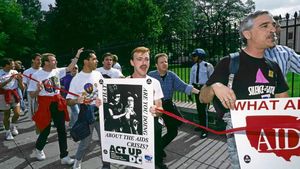

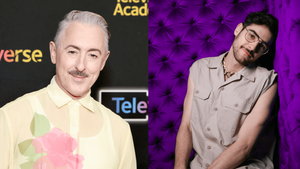



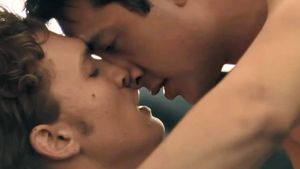




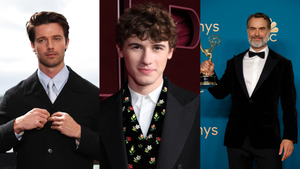
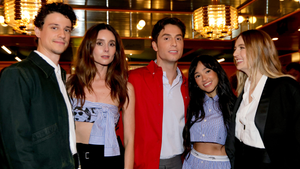












Charlie Kirk DID say stoning gay people was the 'perfect law' — and these other heinous quotes